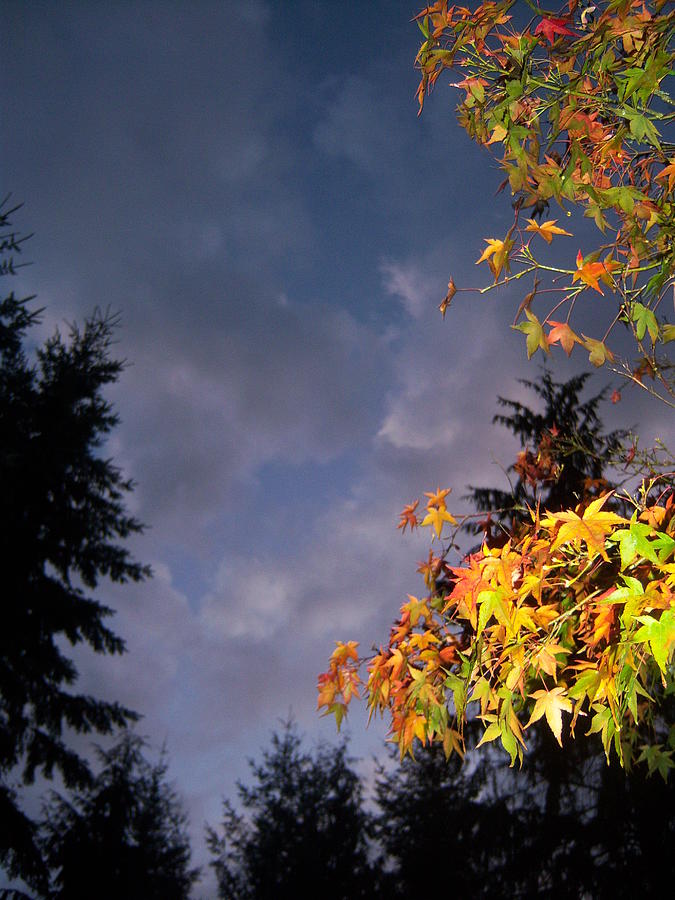
When a QLCS motion is plotted, the 0-3 km shear vector will also be plotted in gray for reference in diagnosing QLCS tornado potential. The QLCS motion is plotted as a line perpendicular to the motion (i.e. The default is "None" (for no QLCS) with the "DDD/SS" button to allow you to place a vector manually similar to placing a storm motion manually. The QLCS motion is assumed to be a vector perpendular to the line with a magnitude equal to the forward speed of the line. The QLCS motion control is similar to the storm motion control. On the mobile app, the selection menu will temporarily disappear to show the hodograph, and you can tap and drag when placing a vector manually and a readout box will pop up. See the Parameter Descriptions section for more information on the Bunkers estimates.Īdditionally, you can select a storm motion manually by clicking or tapping on the "DDD/SS" button and clicking or tapping on the hodograph plot where you would like to place the storm motion vector. This allows you to select whether to use the 0-6 km mean wind ("MEAN") or one of the Bunkers supercell motion estimates ("BLM" for the left mover and "BRM" for the right mover) as the storm motion. Selecting a storm motion manually (see below) will always make the "Storm" option available.īelow the origin control is the storm motion control. The default is to place the origin at the ground ("Ground"), but for severe storms nowcasting, it can be useful to place the origin at the storm by clicking or tapping "Storm".īecause the bounds of the hodograph plot are computed from all loaded profiles, if any of the profiles do not have a storm motion, the "Storm" option will be unavailable. The row of buttons below the radar name (on the desktop app) or at the top of the right column (on the mobile app) controls where the origin of the hodgraph plot is placed.


If you would like this radar to load by default when you load the page, click or tap on the "home" icon to the right of the radar name. This will load all data for the last 45 minutes for that particular radar. To select a radar, click or tap on a dot on the map on the top left. On the desktop app, the selections are visible by default to the left of the hodograph. On the mobile app (the version of the page visible on most mobile devices), tap the "hamburger" button on the top left to bring up the selections. These lines outline the critical angle (see Parameter Descriptions). The user-specified storm motion (if one has been specified)ĭeviant tornado motion (if available see Parameter Descriptions)Īdditionally, there is a thin cyan line from the storm motion (if available) to the lowest point on the hodograph (the surface wind, or if that is not available, the lowest VAD retrieval) and a thin magenta line from the lowest point to 500 m AGL. The Bunkers left mover vector (if available see Parameter Descriptions) The Bunkers right mover vector (if available see Parameter Descriptions) There are several markers on the plot that may be of interest. I can provide the mathematical derivation for this on request. the true wind could be located anywhere in the circle), but in some cases the true wind probably lies outside the circle.

This is intended to be an upper bound on the error envelope (i.e. The RMSE for each data point is given by the size of the shaded circles on the hodograph. The data for these hodographs are created from a radar volume by many VAD retrievals, from which you can derive a root mean square error (RMSE) in the retrieval. The dashed portion is from the surface wind (if present) to the lowest VAD point, which is usually 100 m (and in some cases much higher) above radar level. The colors are red, light green, dark green, purple, and cyan for the 0-3 km, 3-6 km, 6-9 km, 9-12 km, and 12+ km layers, respectively. A hodograph is created by drawing a line between the tips of the wind vectors at many different altitudes.Īltitude on this hodograph denoted by color and the numbered markers, which give height above radar level in kilometers.


 0 kommentar(er)
0 kommentar(er)
